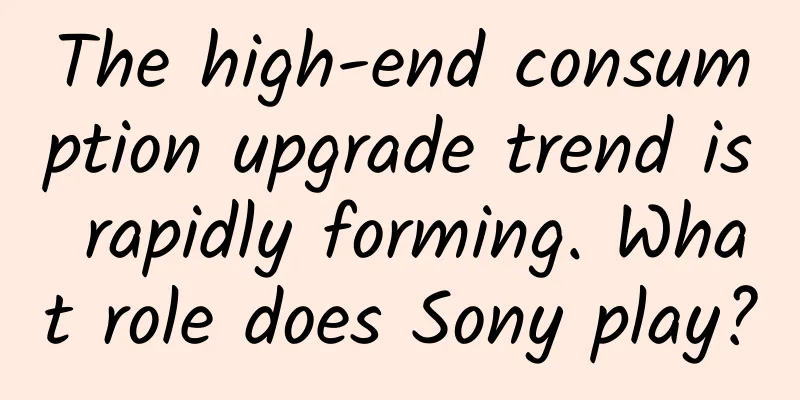Unveiling the evolution of “artificial life”: Do genetic coding and electronic engineering both follow Moore’s Law?

|
Computer programming and gene synthesis may seem to have little in common. But according to University of Cincinnati professor Andrew Steckl, the technological leaps forward in the former make him optimistic that large-scale gene synthesis and the creation of life can be achieved. Steckl and his student Joseph Riolo drew on the history of computer chip development and large computer software platforms as predictive models to understand the future of another complex system: synthetic biology. “No analogy is perfect, and DNA doesn’t meet some definitions of digital code, but there are still many similarities between genomes and software code,” Riolo said. The researchers also say that the development of computer chips could affect the future of synthetic biology. Compared to the development of computer chips, creating synthetic life will soon be within our grasp. The relevant research analysis was recently published in the journal Scientific Reports. The next epoch-making human progress Synthetic biology was first proposed by Hobom B. in 1980 to describe gene recombination technology. With the development of molecular systems biology, it was re-proposed by E. Kool at the American Chemical Society Annual Meeting in 2000. In 2003, it was internationally defined as the study of artificial biological systems based on genetic engineering and engineering methods of systems biology, from gene fragments, DNA molecules, gene regulatory networks and signal transduction pathways to the artificial design and synthesis of cells. (Source: Pixabay) Similar to modern integrated construction projects, engineering principles and methods are applied to biotechnology fields such as genetic engineering and cell engineering. Synthetic biology, computational biology and chemical biology together constitute the methodological basis of systems biotechnology. According to relevant research, synthetic biology has the potential to become "the next revolutionary technological advancement for mankind after microelectronics and the Internet." Its applications will be endless, from creating new biofuels to developing new medical therapies and even synthesizing new life. In 2010, scientists created the first synthetic organism created by humans by transplanting an artificial genome of Mycoplasma mycoides into another bacterial cell. This relatively simple artificial genome took 15 years and cost more than $40 million to create. Figure | Comparison of genetic coding and digital language (Source: Nature) In this latest study, the researchers focused on the similarities between biological genomes and digitally coded languages in terms of letters, words and sentences. However, the study also emphasized that the DNA code - the combination of adenine, guanine, thymine and cytosine that makes up the genome - only tells part of the complex story of genes, ignoring things like epigenetics. "Can we compare the complexity of programming a fighter jet or a Mars rover to the complexity of creating a bacterial genome?" Steckl asked. "Are they just as complex or much more complex? If biological organisms are much more complex, then that would represent the most complex 'programming' ever, so complex that it would be hard for humans to replicate the natural process; or perhaps the genetic code of a biological organism is just as complex as the code in an F-35 fighter jet or a luxury car." Figure | Comparison of the complexity of the human genome and several major engineering systems (Source: Nature) But by using the laws of computer chip development as a guide, the researchers found that the speed and cost of producing synthetic life may follow a similar trajectory to the performance and cost of electronics over time. The revelation of Moore's Law Moore's Law is a predictive model for the development of computer chips. Named after Intel co-founder and computer scientist Gordon Moore, it states that advances in technology allow the number of transistors on a single computer chip to grow exponentially. Fifty-five years since Moore proposed his theory, we are still seeing it play out in 3D microchips, even if these advances offer smaller gains in performance and power reduction than previous leaps. The cost of editing genes and synthesizing genomes has fallen by about half every two years since 2010, roughly in line with Moore’s Law, the researchers said. That means it might cost about $1 million to synthesize an artificial human genome, while a simple organism like a customized bacterium would cost just $4,000. Figure | Price and cost of DNA sequencing from 2000 to 2020 (a); price/cost ratio of DNA sequencing (b); price and cost of DNA synthesis (c) and comparison with the approximation of Moore's Law (Source: Nature) The comparison of complexity between natural species and software engineering clearly shows that designing synthetic organisms will be feasible when the underlying knowledge is available. If the cost of synthetic organisms continues to decrease at a rate similar to the rate of cost change described by Moore's Law, then the cost of synthesizing genomes with the complexity observed in natural organisms will likely be affordable. "This surmountable complexity and modest cost has sparked academic enthusiasm for synthetic biology and will continue to stimulate interest in studying the rules of life." Likewise, Steckl said bioengineering could become an integral part of nearly every industry and science, just as computer science has grown from a niche discipline to a key component of most sciences. “I see a correlation in how computation develops as a discipline. You can now see a significant portion of computation in every scientific discipline. I see similar things happening in biology and bioengineering. Biology will be everywhere, and it will be interesting to see how these things evolve,” Steckl said. Figure | Comparison of manufacturing processes for consumer electronics and synthetic biology products (Source: Nature) As the cost of gene sequencing and synthesis has dropped dramatically, the main manufacturing challenge is the process of assembling, isolating, and transplanting artificial genes for current projects. Automation of these processes can be complex, but overall, the manufacturing needs of synthetic biology appear similar to those of consumer electronics. The parallels with precision manufacturing suggest that large upfront engineering investments can lead to processes that produce high-volume, cheap products. And, since synthetic biology has the advantage of being self-replicating, it could offer even more benefits than precision manufacturing if it can be adapted to contemporary lean manufacturing principles. Of course, when it comes to creating artificial life, in addition to the ability, there is also the burden or moral authority of doing so to consider. Steckl said, "This is not something to be taken lightly because we can do it. But it is not as simple as whether we should do it. There are also philosophical and even religious implications that should be considered." References: https://www.uc.edu/news/articles/2022/03/how-can-computer-engineering-predict-the-future-of-gene-synthesis.html https://www.nature.com/articles/s41598-022-06723-5 Source: Academic Headlines |
<<: He Zehui, a Chinese high-energy astrophysicist with a "discerning vision"
>>: New research shows that skipping dinner is good for you. Who is not suitable for this diet?
Recommend
There is a "shadow killer" in the newly renovated house. Who has found the "nemesis" to subdue it?
Colorful wallpaper, brand new furniture, clean fl...
How to operate your Zhihu? Just read this article!
Whether from the perspective of user growth or us...
Hejun "Zeng Qiao's Capital Observation" Season 5
Supported by a 30-person research team, each sess...
More than 200 children became "star chasers" because of him!
“Craters and lunar seas can be seen clearly” Rece...
5 major growth models for user fission!
What do you think of when you mention fission gro...
Xiaopeng and Xiaomi have successively entered the market. Why has the backward extended-range technology become the mainstream of new energy vehicles?
Many people did not expect that the extended-rang...
WeChat is slowly undermining the dominance of Android and iOS
[[130868]] The Economist recently wrote that the ...
A successful H5 should hit the user's key points and achieve the operation purpose
Without discussing how to define “success”, can y...
Who will win between open Android consoles and semi-closed overseas consoles?
The PS4 was released in mainland China last month...
Walking shoes, grape seeds, eye wash… Do you think you are buying health with money? In fact, you are paying an IQ tax
Audit Expert Liu FengqinDeputy Chief Physician He...
CES2015: 264-core Tegra X1 scores more points than Apple A8X
NVIDIA released the Tegra X1 processor at noon to...
Is Mini Program WeChat’s last chance? How big can it be?
WeChat mini-programs are all over the screen agai...
Teach you how to write a perfect product promotion plan in 6 steps! (2)
We will teach you how to write a perfect product ...
Brand Pyramid: A Basic Path to Building a Brand
Written at the beginning: How to build a brand? T...
Zhongshan Hotel Management Mini Program, How to Make a Hotel Accommodation Mini Program?
With the advent of well-known hotel brands, many ...









